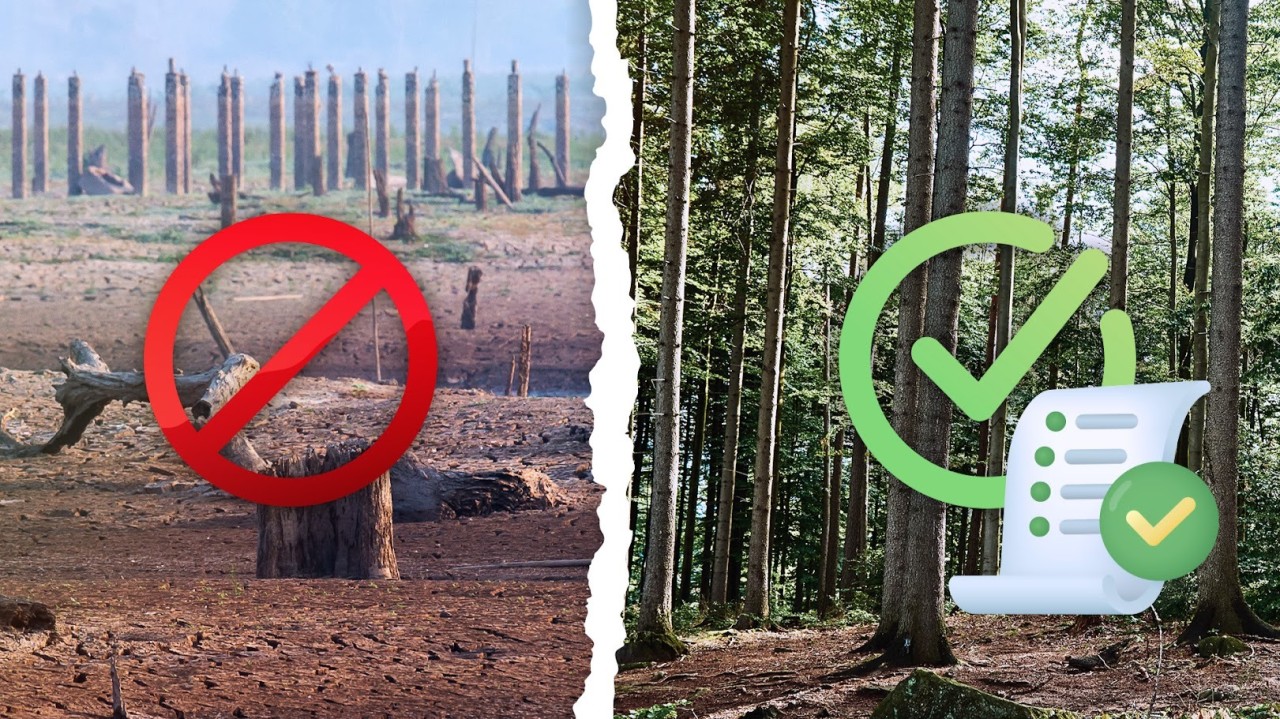What Does “Deforestation-Free” Really Mean? How Businesses Can Prove It Under the EUDR
April 15, 2025

When the European Union’s Regulation on Deforestation-Free Products (EUDR) was passed, it signaled more than a policy shift—it marked a fundamental change in how global supply chains are expected to operate. No longer will sustainability claims be taken at face value. Under the EUDR, proof is now mandatory.
For companies sourcing, producing, or exporting key commodities like cocoa, coffee, soy, palm oil, rubber, and wood, the implications are significant. The regulation demands end-to-end traceability, rigorous due diligence, and clear evidence that these products do not come from recently deforested land or contribute to forest degradation.
So, what does “proof” actually look like?
At its core, the EUDR requires companies to demonstrate—with data—that every product entering or leaving the EU market is:
This means having a documented supply chain trail that shows exactly where a product came from, who produced it, when it was harvested, and how it complies with both local laws and EU deforestation criteria.
For many businesses, especially those dealing with thousands of smallholder suppliers, this level of transparency presents a serious challenge.
In practice, “proof” under the EUDR is a multi-layered effort:
And this proof has to be ready for submission via the EU’s newly launched EUDR Information System.
Manual processes and siloed databases won’t cut it. Companies need systems that can scale across countries, adapt to local realities, and update in real time.
That’s where Mergdata comes in.
Mergdata is a supply chain intelligence platform built to meet the demands of modern agricultural trade. Designed for food companies, cooperatives, traders, and governments, it enables businesses to:
So far, Mergdata has:
With tools like Terra MD for remote sensing, Collect MD for on-the-ground data gathering, and Darli AI for multilingual farmer engagement, Mergdata empowers companies to turn compliance into operational efficiency—and competitive advantage.
The EUDR isn’t just about risk—it’s about opportunity. It forces the industry to do what’s long been overdue: build truly transparent, ethical, and resilient supply chains. Businesses that act now can lead the way.
If you’re a food trader, agribusiness, or sustainability team grappling with how to meet these new requirements, we’re here to help.
Mergdata is already helping partners across the globe achieve EUDR compliance with clarity and confidence.